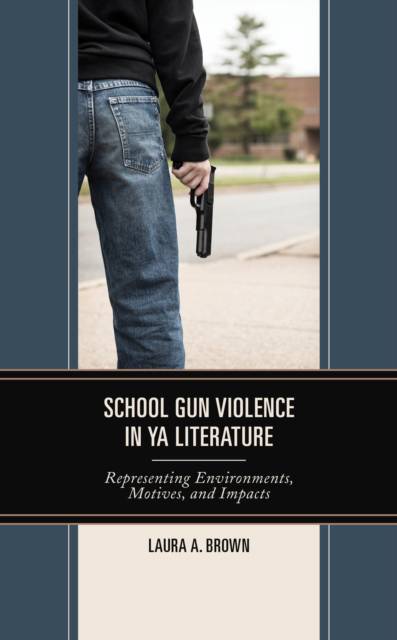
- Afhalen na 1 uur in een winkel met voorraad
- Gratis thuislevering in België vanaf € 30
- Ruim aanbod met 7 miljoen producten
- Afhalen na 1 uur in een winkel met voorraad
- Gratis thuislevering in België vanaf € 30
- Ruim aanbod met 7 miljoen producten
€ 161,45
+ 322 punten
Omschrijving
Using Bronfenbrenner's Ecological Systems Theory and Peter Langman's categorical descriptions of school shooters, this book analyzes several Young Adult (YA) texts about school shootings and uncovers how the authors represent such violence and the perpetrators while developing stories that effectively speak to their adolescent readers.
Specificaties
Betrokkenen
- Auteur(s):
- Uitgeverij:
Inhoud
- Aantal bladzijden:
- 146
- Taal:
- Engels
- Reeks:
- Leeftijd:
Eigenschappen
- Productcode (EAN):
- 9781793622075
- Verschijningsdatum:
- 28/06/2022
- Uitvoering:
- Hardcover
- Formaat:
- Genaaid
- Afmetingen:
- 152 mm x 229 mm
- Gewicht:
- 385 g

Alleen bij Standaard Boekhandel
+ 322 punten op je klantenkaart van Standaard Boekhandel
Beoordelingen
We publiceren alleen reviews die voldoen aan de voorwaarden voor reviews. Bekijk onze voorwaarden voor reviews.










